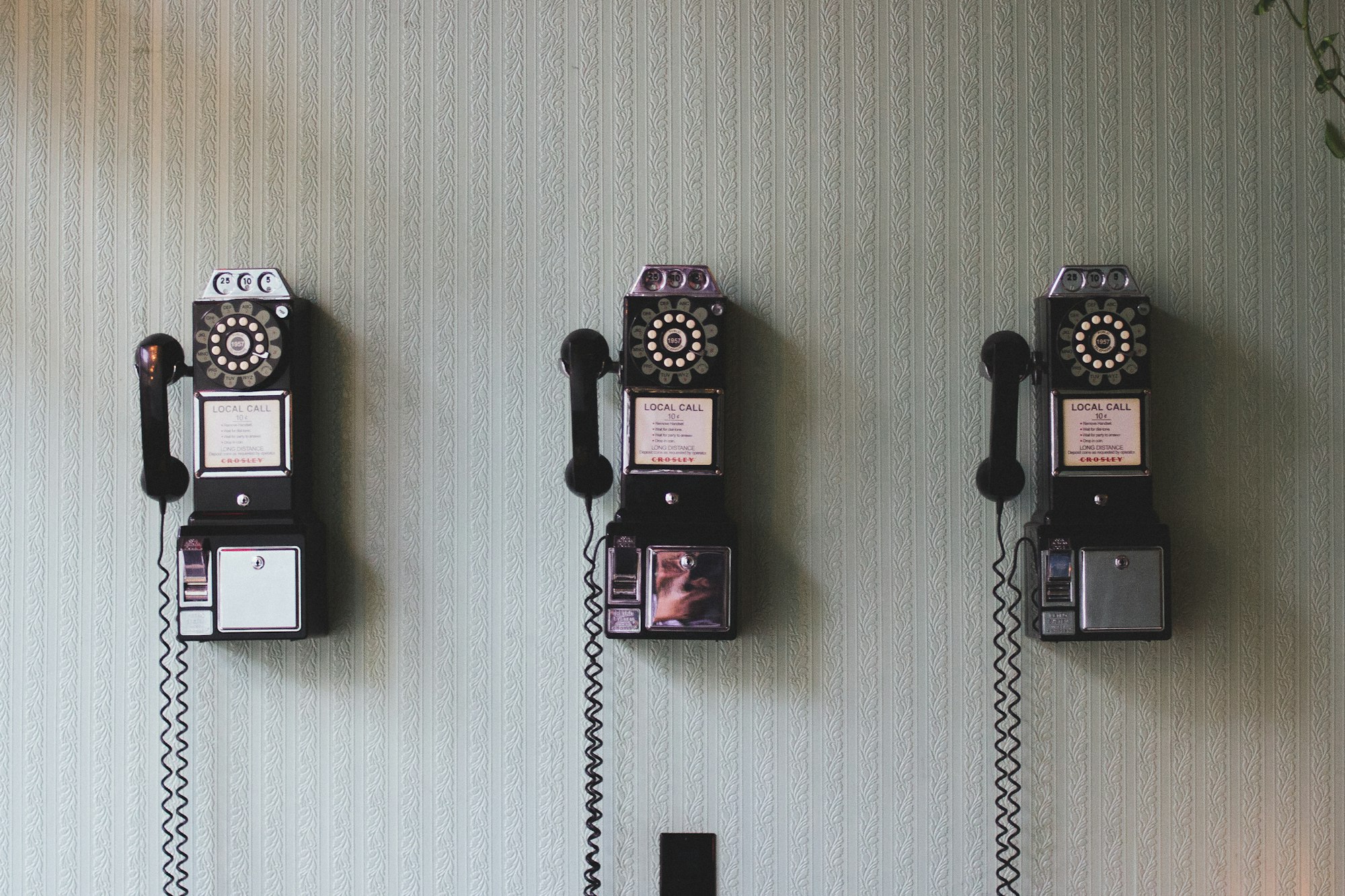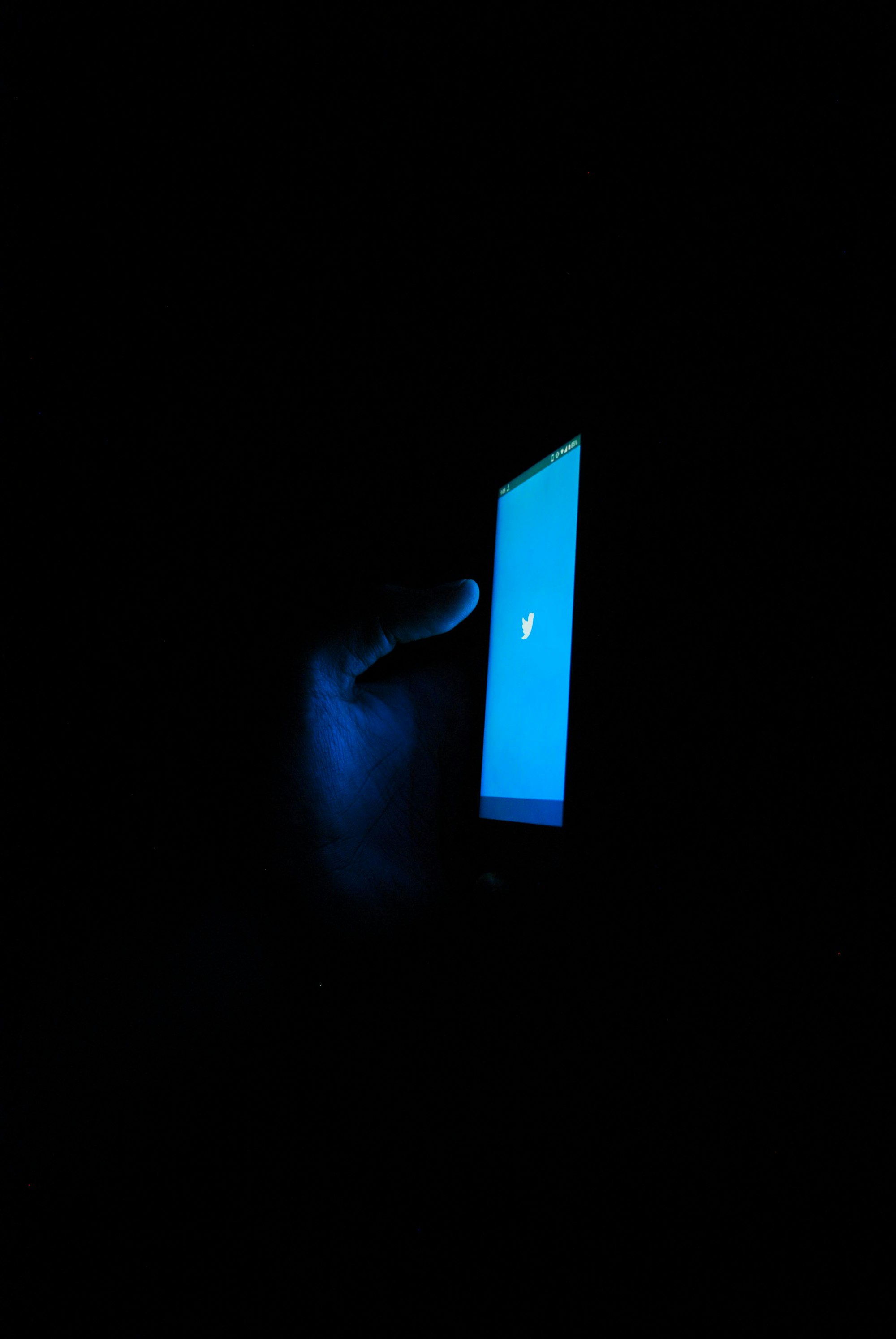One of the areas in which technology has had a substantial impact is in its ability to facilitate communication. Not only does technology give rise to new channels for personal and professional communication, but it has become embedded in allowing citizens to express their fundamental rights. That is, communicative technology has influenced exercising freedom of opinion through social media, freedom of association by online membership groups, and voting with online campaigning. Communication, as a political right, has become so intertwined with the use of technology that it becomes difficult to think of one without the other. We can similarly define access to justice as the ability of people to express these same fundamental rights. In this way, technology is a useful tool for furthering access to justice, insofar that its use enhances communicative abilities. I will consider two examples to illustrate my argument: first, the use of Language Line to combat language barriers in domestic abuse cases and second, the Internet shutdown in Kashmir. In the former, I will argue that Language Line as a technology bridges the gap between the mechanisms of domestic abuse and a victim’s ability to access justice. In the latter example, I will highlight the power of technology in that a deliberate limit posed on the use of communicative technology is itself a violation of fundamental rights.
The nature of domestic abuse is such that it remains largely hidden from professional support services. Even if physical violence is recorded by police or A&E staff, risk factors occurring in tandem such as isolation, mental abuse, and coercive control often go unreported and undetected. The consequences of this are devastating for victims of domestic abuse: in fact, coercive control is a more powerful indicator of risk to a victim than the presence of physical violence.[1] These factors are further amplified when a language barrier exists between a victim and those services designed to support them. For example, victims may not be able to accurately communicate the gravity of incidents occurring to them. Indeed, even more extreme cases are not uncommon — one such case is the story of Yara, a Syrian refugee assessed by the Independent Domestic Violence Advocate (IDVA) ather local hospital.[2] Her abuser, acting as an interpreter between her health professionals, provided false information on how her injuries had been obtained. The language barrier in Yara’s case added another element of abuse and limited her access to justice.
Technology such as Language Line, a company offering professional interpreting services via phone, dramatically helps victims of domestic abuse to overcome immediate language barriers. It allows for a direct line of communication between victims and support staff, removing some of the additional risks impeding a victim’s access to justice. In Yara’s case, her Hospital IDVA was able to use Language Line services when her abuser stepped away momentarily, thus allowing her to get to safety after disclosing the abuse. Language barriers, especially in English-dominated places such as Britain, can confine victims to support networks solely within their ethnic communities. In-person interpreting services carry privacy risks for victims, especially if they are fearful of repercussions they may face from their community upon disclosing abuse. Language Line’s technology, in this case, mitigates both coercive control from perpetrators of domestic abuse as well as violations of privacy that could cause a victim to lose support from their community. As a communicative technology, Language Line is thus a useful tool for furthering access to justice for victims of domestic abuse.
At the time of writing, Indian authorities have partially restored Internet access in the Kashmir Valley, where the shutdown was regarded as, “the longest ever instituted by a democracy.”[3] What remains notably black-listed to Kashmiris are all forms of social media — intended to silence any efforts at communicating, “their versions of their lives.”[4] Access to social media and the internet in general, as it pertains to Kashmir, democratises the narrative and allows for citizens to have a voice in influencing how foreign and international actors view the political situation. Restriction of the internet is itself a, “mass violation of human rights”, in that Kashmiris are being stripped of their opportunity to both exercise freedom of speech by way of communicating on social media and hold perpetrators of these injustices accountable.[5] As Kashmir’s internet firewall illustrates, communicative technology is not only a useful tool for furthering access to justice, but an unjust restriction placed on its use has dire consequences for accessing justice as a whole.
Restrictions on communicative technology is itself a violation of fundamental rights, and while other forms of technology may have different implications for furthering access to justice, technology that helps with communicative efforts is a useful tool for furthering access to justice.
[1]Myhill, Andy & Hohl, Katrin,(2016), The “Golden Thread”: Coercive Control and Risk Assessment for Domestic Violence, Journal of Interpersonal Violence,34.
[2]Name changed for confidentiality.
[3]Slater, J. and Irfan, S,(2020),Internet service limps back to Kashmir after nearly six-month blackout,[online] The Washington Post, Available at: https://www.washingtonpost.com/world/asia_pacific/internet-service-limps-back-to-kashmir-after-nearly-six-months-blackout/2020/01/27/298b34fe-40d2-11ea-abff-5ab1ba98b405_story.html [Accessed 22 Feb. 2020].
[4]Roy, A,(2020),The Graveyard Talks Back: Arundhati Roy on Fiction in the Time of Fake News,[online] Literary Hub, Available at: https://lithub.com/the-graveyard-talks-back-arundhati-roy-on-fiction-in-the-time-of-fake-news/ [Accessed 22 Feb. 2020].
[5]Ibid.







